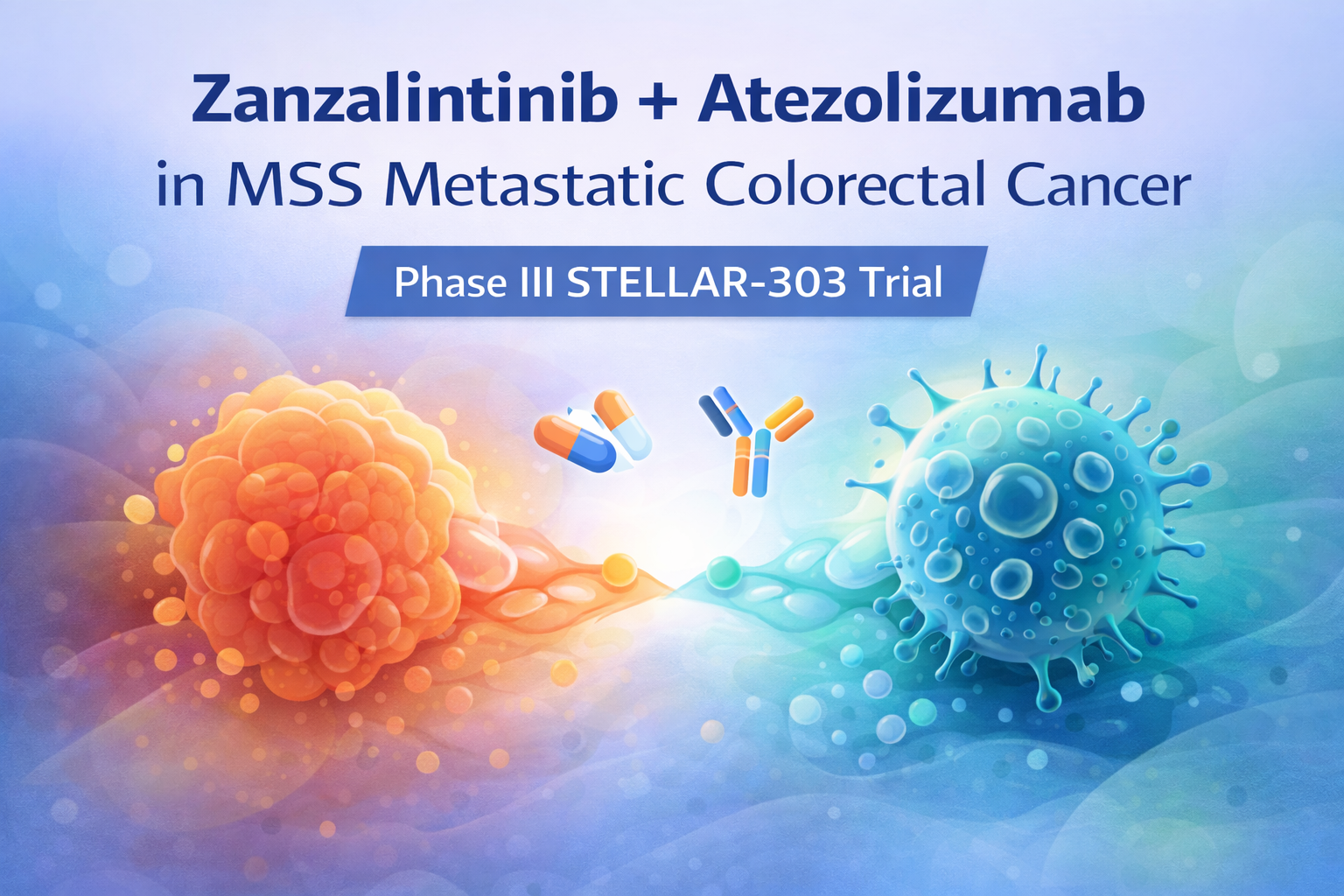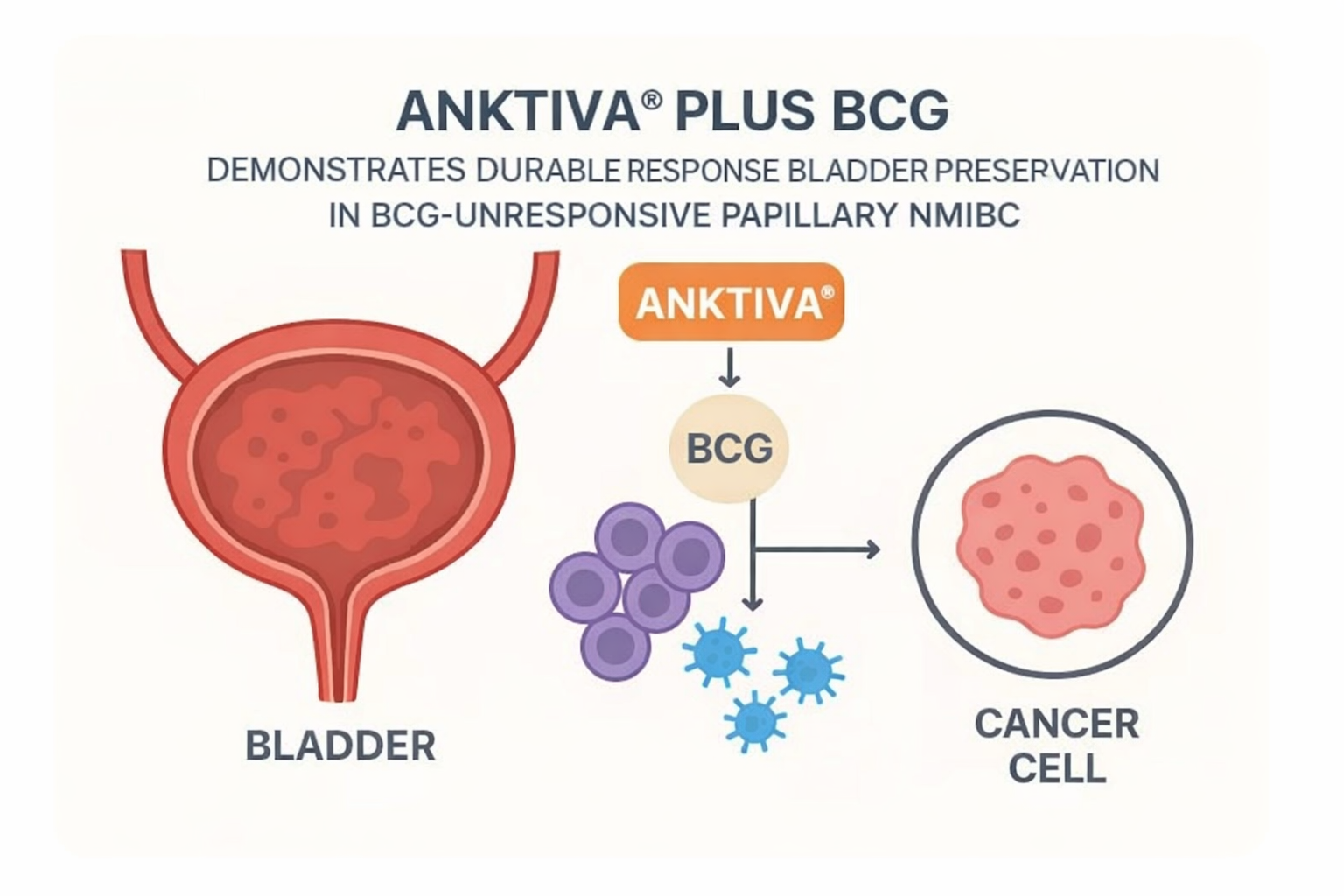

The FLAURA2 trial’s final overall survival analysis demonstrates that Tagrisso (osimertinib) plus chemotherapy achieves a median overall survival of 47.5 months versus 37.6 months for Tagrisso monotherapy in first-line EGFR-mutated advanced NSCLC, representing a 23% reduction in death risk and establishing a new survival benchmark for this patient population.

Study Design & Population
- Phase III randomized, open-label, multi-center global trial
- 557 patients enrolled across 150+ centers in 20+ countries
- Previously untreated patients with locally advanced (Stage IIIB-IIIC) or metastatic (Stage IV) NSCLC
- Tumors harboring EGFR exon 19 deletion or exon 21 L858R mutations
- 57% data maturity at final analysis with median follow-up of 51.2-51.3 months
Key Findings
- Primary outcome: Median OS of 47.5 months (combination) vs 37.6 months (monotherapy); HR 0.77 (95% CI 0.61-0.96; p=0.0202)
- Survival rates: 63.1% vs 50.9% at 3 years; 49.1% vs 40.8% at 4 years (combination vs monotherapy)
- Consistent OS benefit across all prespecified subgroups
- Grade 3+ adverse events: 70% (combination) vs 34% (monotherapy), primarily chemotherapy-related
- Low discontinuation rates: 12% vs 7% due to adverse events
Clinical Implications
- Establishes osimertinib-based combinations as new standard of care option for first-line EGFR-mutated advanced NSCLC
- Provides physicians with two evidence-based osimertinib options (monotherapy or combination) for individualized treatment selection
- Surpasses the 3-year survival benchmark established in the original FLAURA monotherapy trial
- Combination approach offers meaningful survival extension while maintaining manageable toxicity profile
Limitations
- Open-label design may introduce bias in safety and quality of life assessments
- Higher toxicity profile with combination may limit use in patients with poor performance status
- Long-term follow-up data still needed to assess durability of survival benefit
- Cost-effectiveness analysis of combination therapy not addressed




